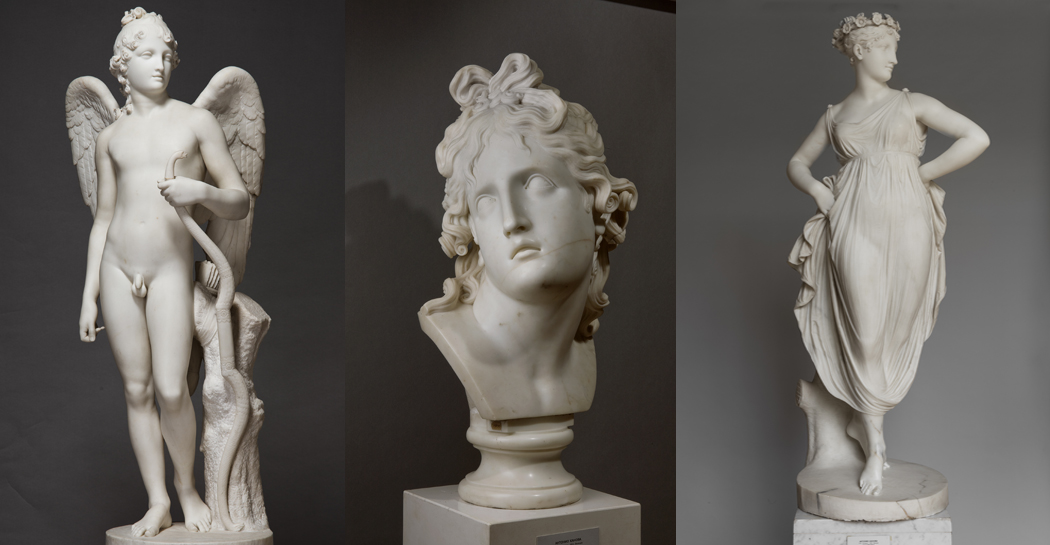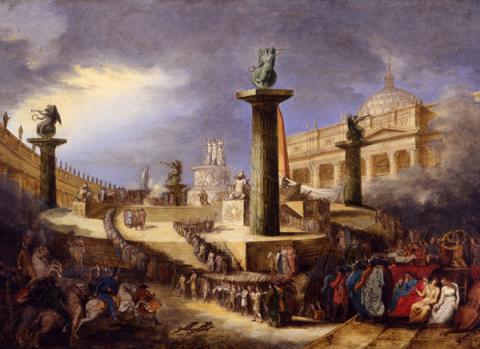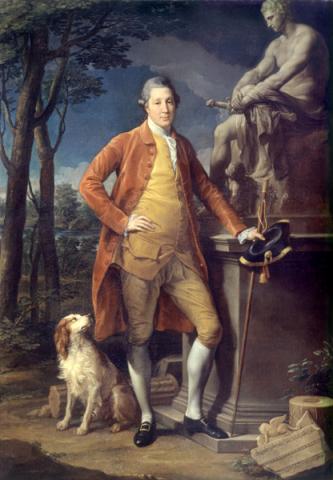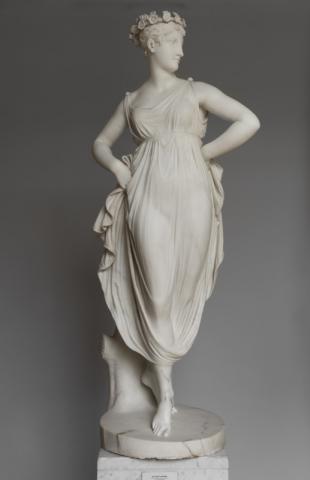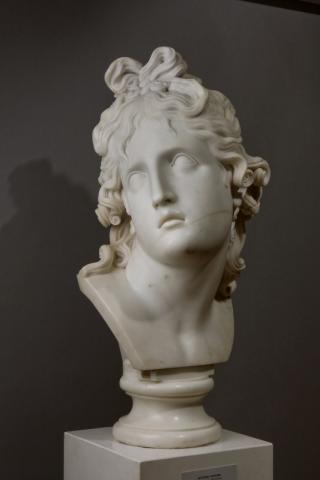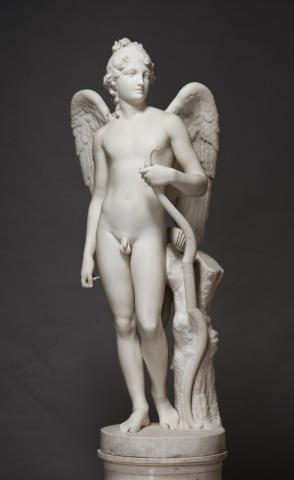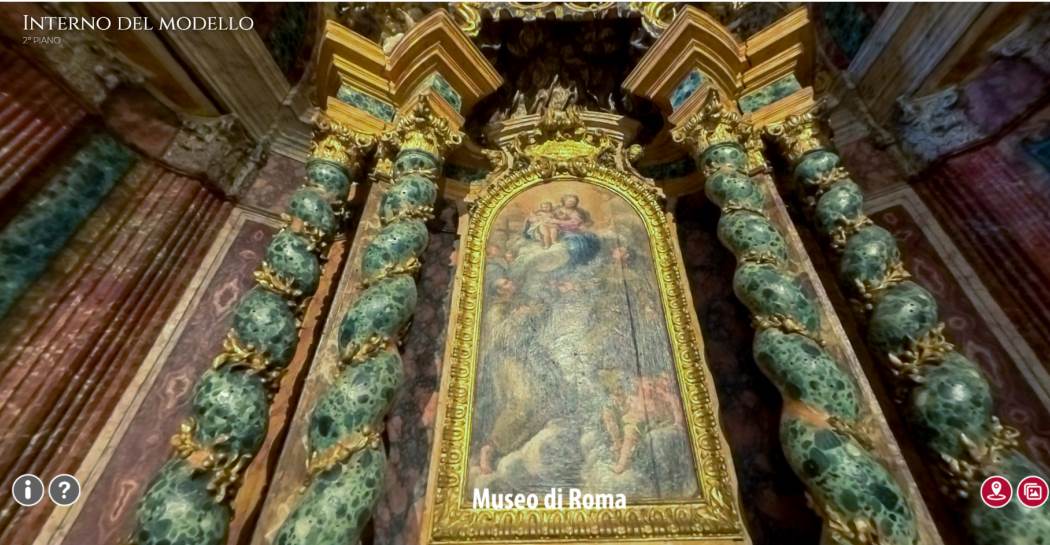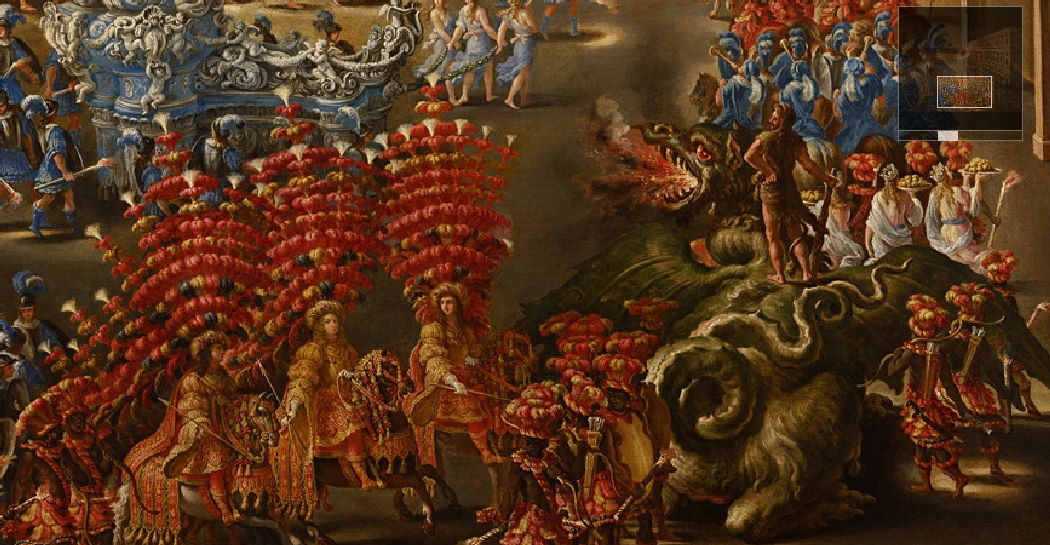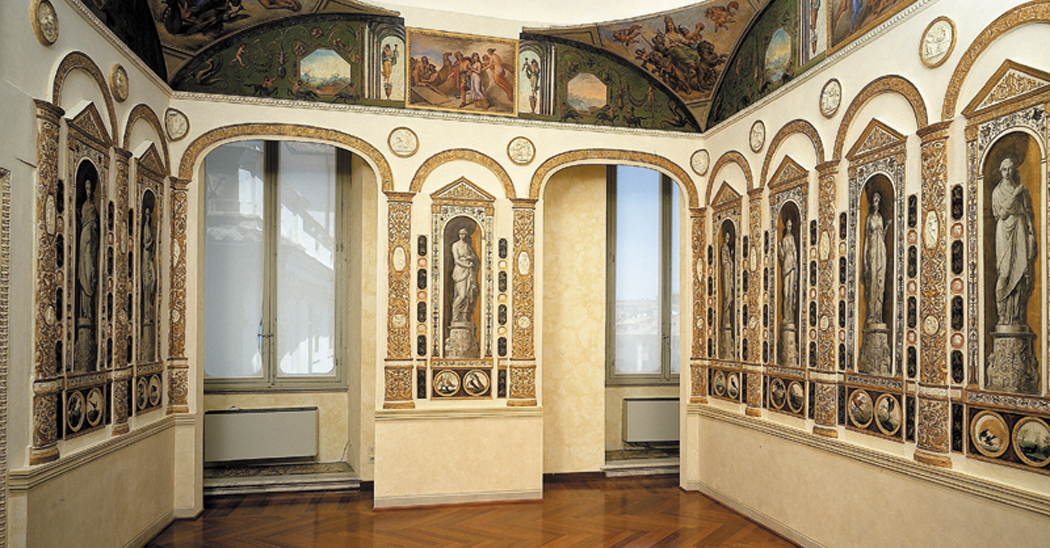Canova. Eternal Beauty
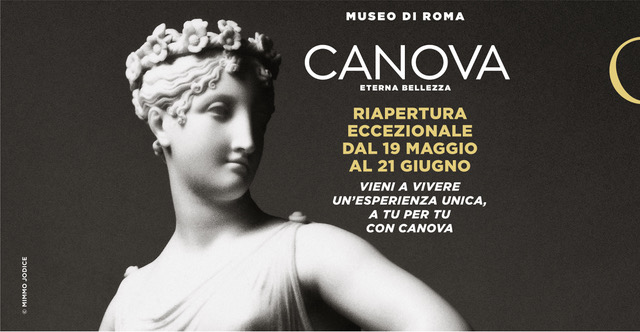
An exhibition and event devoted to the link between Canova and the city of Rome, the forge of his genius and a boundless source of inspiration in the 18th and 19th centuries.
The relationship between the sculptor and city emerges in a myriad of unique and unparalleled ways.
Displayed in an exceptionally eye-catching setting, more than 170 works by Canova and a number of his contemporaries embellish the rooms of the Museo di Roma in Palazzo Braschi. The exhibition is divided into thirteen sections that illustrate Canova’s art and the context he encountered upon arriving in Rome in 1779.
The warm torchlit atmosphere with which the artist used to welcome guests by night to his studio on Via delle Colonnette in the late 18th century is evoked throughout the exhibition thanks to advanced lighting solutions.
The story is enhanced by a number of prestigious loans from the State Hermitage Museum in St Petersburg, the Musei Vaticani, the Gypsotheca e Museo Antonio Canova in Possagno, the Museo Civico in Bassano del Grappa, the Musei Capitolini, the Museo Correr in Venice, the Museo Archeologico Nazionale in Naples, the Accademie di Belle Arti in Bologna, Carrara and Ravenna, the Accademia Nazionale di San Luca, the Musée des Augustins in Toulouse, the Musei di Strada Nuova-Palazzo Tursi in Genoa and the Museo Civico in Asolo, among others.
Displayed in an exceptionally eye-catching setting, more than 170 works by Canova and a number of his contemporaries embellish the rooms of the Museo di Roma in Palazzo Braschi. The
exhibition is divided into thirteen sections that illustrate Canova’s art and the context he encountered upon arriving in Rome in 1779.
The warm torchlit atmosphere with which the artist used to welcome guests by night to his studio on Via delle Colonnette in the late 18th century is evoked throughout the exhibition thanks to advanced lighting solutions.
The story is enhanced by a number of prestigious loans from the State Hermitage Museum in St Petersburg, the Musei Vaticani, the Gypsotheca e Museo Antonio Canova in Possagno, the Museo Civico in Bassano del Grappa, the Musei Capitolini, the Museo Correr in Venice, the Museo Archeologico Nazionale in Naples, the Accademie di Belle Arti in Bologna, Carrara and Ravenna, the Accademia Nazionale di San Luca, the Musée des Augustins in Toulouse, the Musei di Strada Nuova-Palazzo Tursi in Genoa and the Museo Civico in Asolo, among others.
The exhibition explores the paths trodden by the sculptor during his discovery of Rome, right from his very first visit. For example, he jotted down some surprising words of admiration in his Travel Journals upon seeing Bernini’s Apollo and Daphne at Villa Borghese.
It will also be possible to explore the artist’s work for the great Funerary Monuments to Clement XIV and Clement XIII, and for the Monument to the Last Stuarts, thanks to the display of drawings, sketches, models and plaster casts, including a number of large pieces. Two of these that really stand out for their fine executive quality are the marble sculpture of the Rezzonico Genius on loan from the State Hermitage Museum in St Petersburg and the small model of the Stuart Monument from the Gypsotheca in Possagno.
SECTIONS
1. 1779: Canova in Rome
2. Birth of the New Tragic Style
3. Canova and the Roman Republic
4. Hercules and Lichas
5. The Pugilists
6. The Perfect Theorem: Ancient and Modern Compared
7. Canova and the Accademia di San Luca
8. CANOVA, Inspector of Fine Arts
9. Canova and the Pantheon Busts
10. Last works in Rome
11. Canova’s Studio
12. The Dancer
13. Death and Glorification
NOT A COPY, BUT PURE AND INTRIGUING EMULATION
Canova’s link with the classical world was deep and centred around a number of crucial issues, first and foremost the desire to bring the Ancient back to life within the Modern and to shape the Modern through the filter of the Ancient.
“You have to channel the Ancient into your blood, until it becomes as natural as life itself,” to cite Canova.
For this reason too, the sculptor can be considered the last of the ancients and the first of the moderns: he always refused to make copies of classical sculptures, deeming it to be something unworthy of a creative artist, just as he never wanted to carry out restoration work on ancient sculptures, which were “untouchable” by definition.
The relationship between Ancient and Modern will be evoked in the exhibition by comparing Canova’s marble sculptures – including the Winged Cupid from the Hermitage in St Petersburg – with ancient sculptures such as the Eros Farnese from the Museo Archeologico Nazionale in Naples.
There will be a room focusing on the subject of Classical and Neoclassical, bringing together casts of famous ancient masterpieces with casts of Canovian statues made for Count Alessandro Papafava. The Apollo Belvedere and the Borghese Gladiator will be compared with the Perseus with the Head of Medusa and the Pugilist Creugas by Antonio Canova.
A SINGLE ITINERARY FOR SEEING ANCIENT ROME THROUGH THE EYES OF CANOVA
With the arrival of Canova, Rome confirmed its role as the centre of modern art. The Monument to Clement XIV erected in the basilica of the Santi Apostoli in 1787 was immediately acclaimed as a new example of classical perfection.
Visitors will have the opportunity to admire magnificent sculptures and numerous drawings at the Museo di Roma, testifying to the sculptor’s graphic activity.
Canova’s works will be displayed alongside by pieces by the greatest artists active in the city in the late 18th century: Gavin Hamilton, with his canvases of the Stories of Paris; Pompeo Batoni, who ran the life-drawing academy attended by Canova; Jean-François-Pierre Peyron, whose Belisarius Receiving Hospitality from a Peasant (Toulouse, Musée des Augustins) was much admired by the sculptor and whom the scultpr described as “the best of all”.
CUPID AND PSYCHE | ART MEETS TECHNOLOGY
by Magister with Robotor
Magister presents the most contemporary life-size reproduction of Antonio Canova’s sculpture Psyche Revived by Cupid's Kiss. Starting out with a 3D scan of the preparatory plaster model for the sculpture now on display at the Louvre in Paris, a robot sculptured a 10-tonne block of white Carrara marble non-stop for 270 hours.
This stirring installation, thought-up by Magister and developed in partnership with Robotor, poses a new question regarding the reproduction of artworks. Indeed, reproduction should be interpreted as a form of respect for the artist’s ideas and expresses the contemporary aspiration to make the most of this creative talent once again.
The installation will be accompanied by a documentary on the creation of the work and a video telling the story of Cupid and Psyche as recounted by Apuleius, combining entertainment and learning. The story was written by Giuliano Pisani, featuring the voice of Adriano Giannini, with original music by the cellist Giovanni Sollima.
The ‘Canova. Eternal Beauty’ exhibition is sponsored by Generali Italia as part of its Valore Cultura Project, a programme for promoting art and culture across Italy and bringing a broad cross-section of the public – families, young people, clients and employees – closer to the world of art through subsidised tickets for exhibitions, plays, events and artistic/cultural events with a view to creating shared value.
Silvana Editoriale
Information
From October 9, 2019 to March 15, 2020 and from May 19 to June 21 2020
Open daily, from 10.00 to 19.00 and Saturday and Sunday from 10.00 to 22.00
Contingent entry shifts by online purchasing or calling 060608.
MIC card owners and entitled to gratuity only by calling 060608
N.B. Before planning the visit, consult the notice for mandatory information to be followed for access.
See others important notices
Tickets
Use the Print @ Home to print the purchase receipt or ticket in digital mode to be presented to the access control, at the booked time, without going to the ticket office.
0039 060608 (every day from 9.00 to 19.00)
Promoted by
Roma Capitale, Assessorato alla Crescita culturale - Sovrintendenza Capitolina ai Beni Culturali
Arthemisia
Organized by
Zètema Progetto Cultura
Curator
Giuseppe Pavanello
In collaboration with
Accademia Nazionale di San Luca
Gypsotheca e Museo Antonio Canova di Possagno
Sponsor Generali Italia con il progetto Valore Cultura
Special partner Ricola
Partner Magister, a brand of Cose Belle d’Italia with Robotor
Technical Sponsor Siat
With technical support from Ferrovie dello Stato Italiane and ERCO
The event is recommended by Sky Arte
Catalogo
Press Room
Gallery
Eventi correlati
1007202
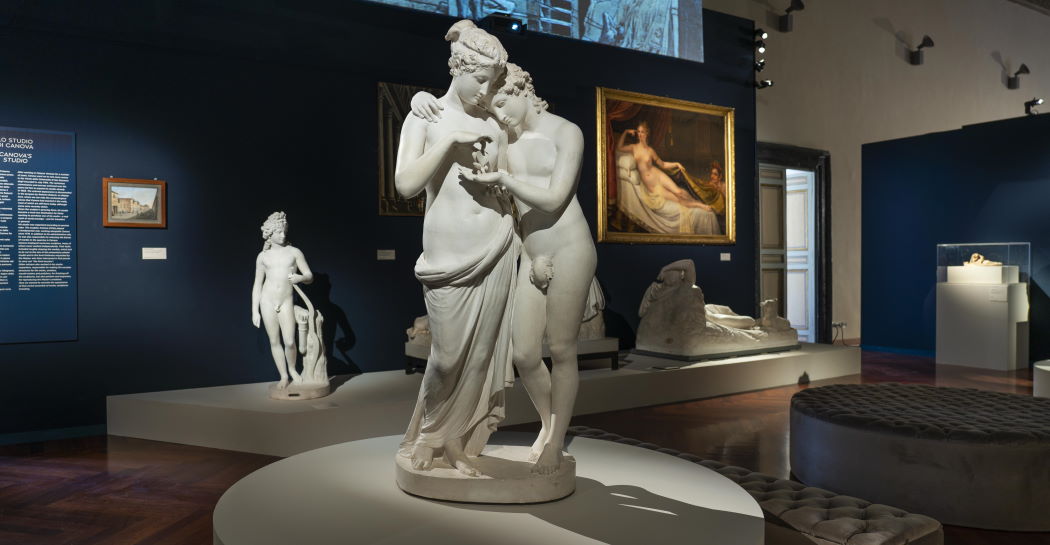
1006749
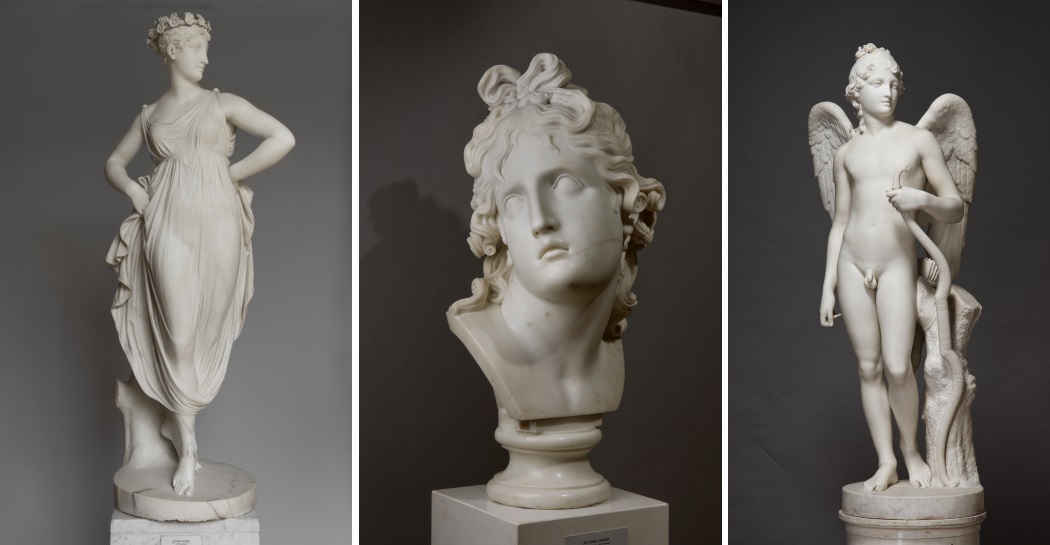
1006748

1006739

1006692
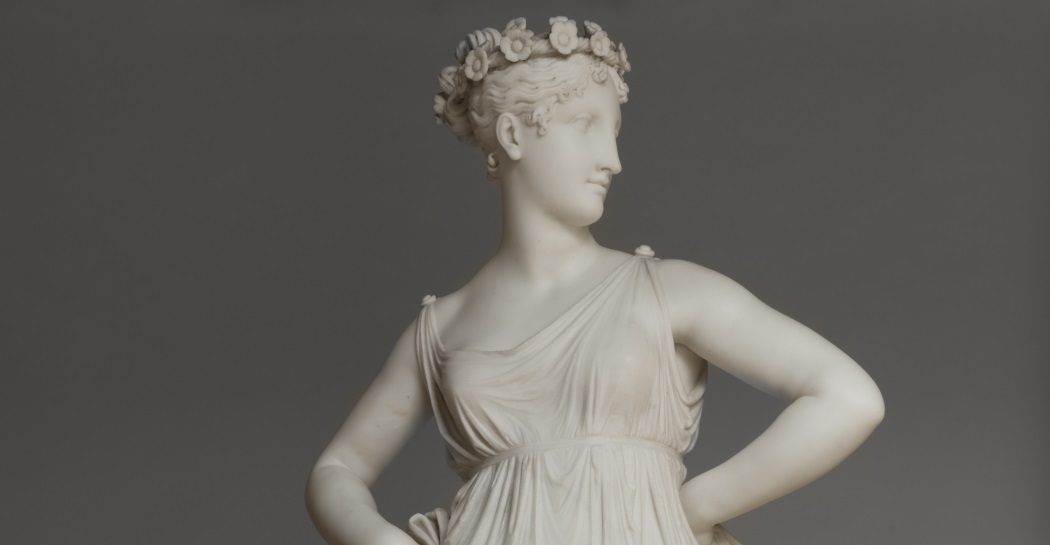
1006691
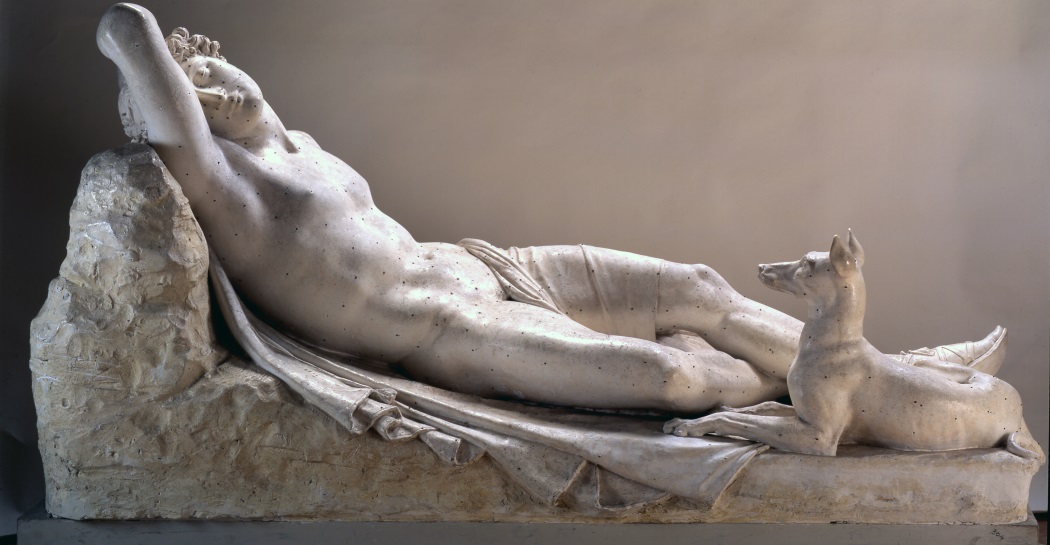
1006690

1006689

1006688

1006687
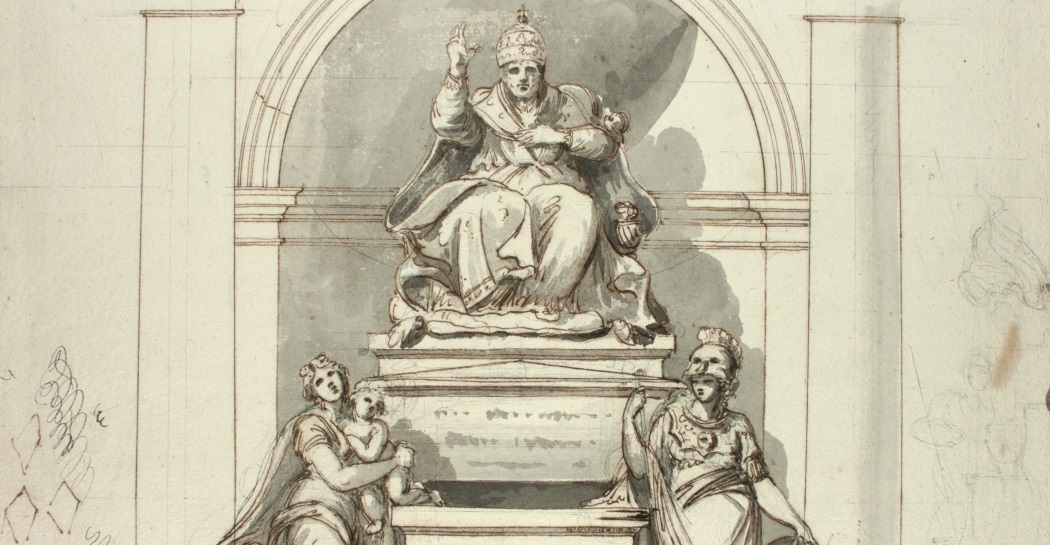
1006686
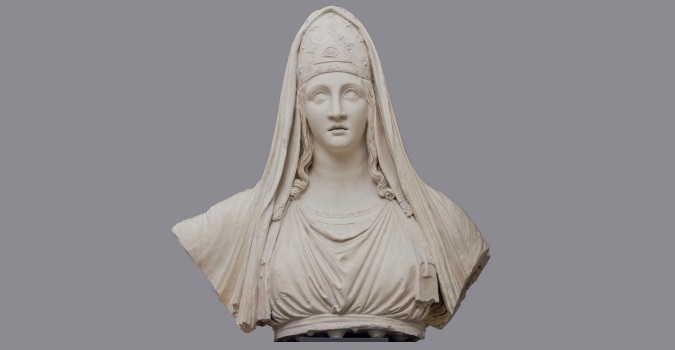
1006684

1006683

1006682
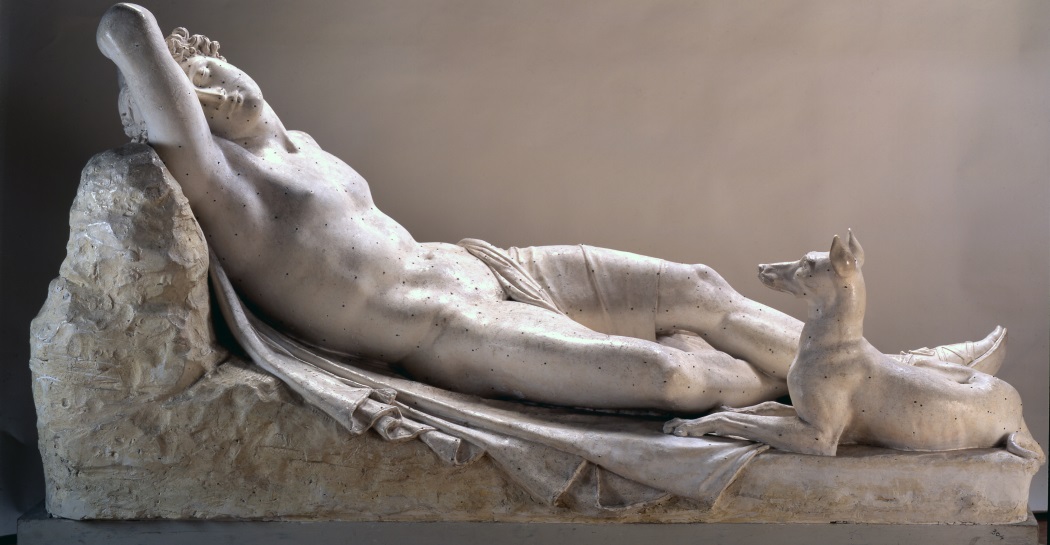
1006681

1006393

1006392

1006390

1006388

1006385

1006384

1006029

1006030
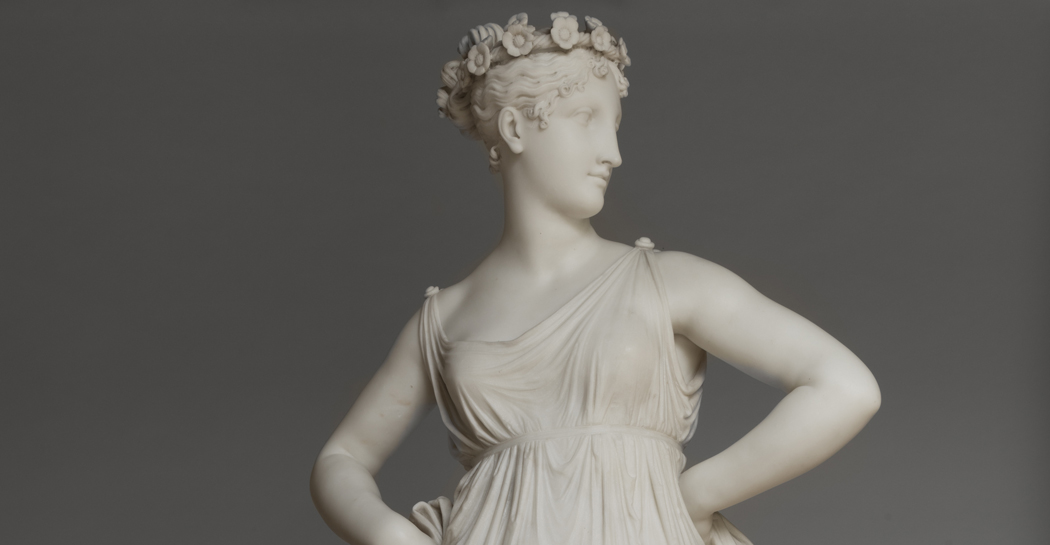
1006028

1006027

1006026

1005803

1005802
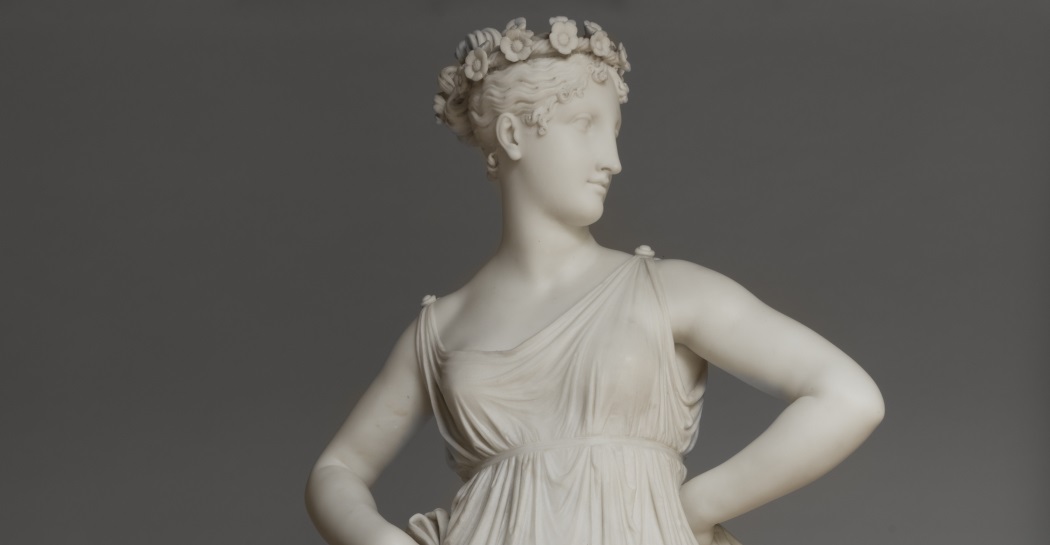
1005801

1005800

1005799

1005795

1005794
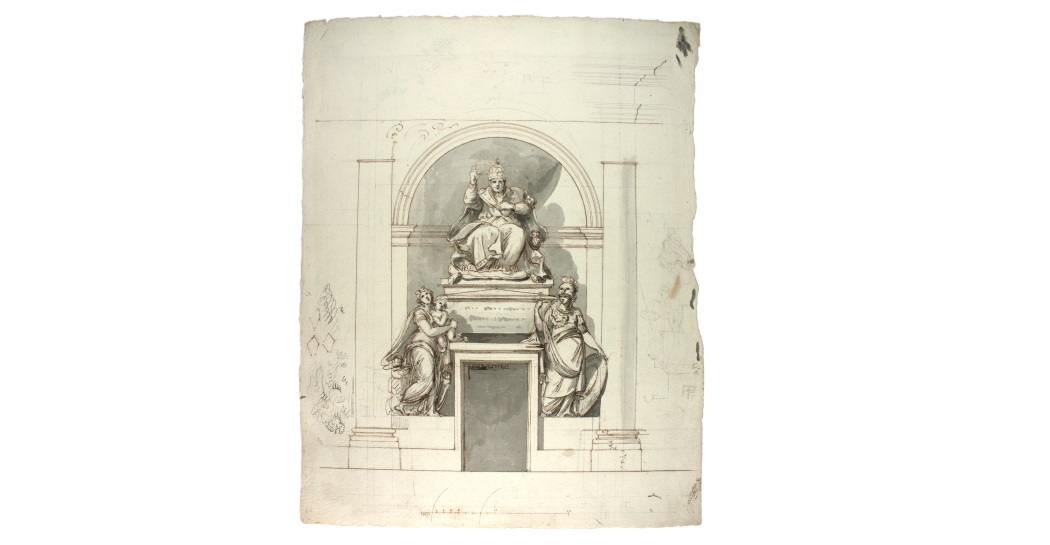
1005790
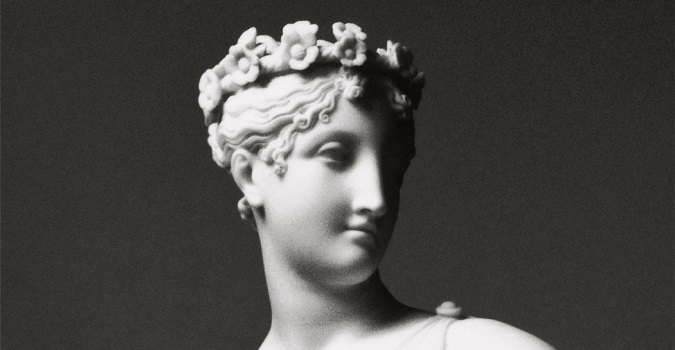
1005785
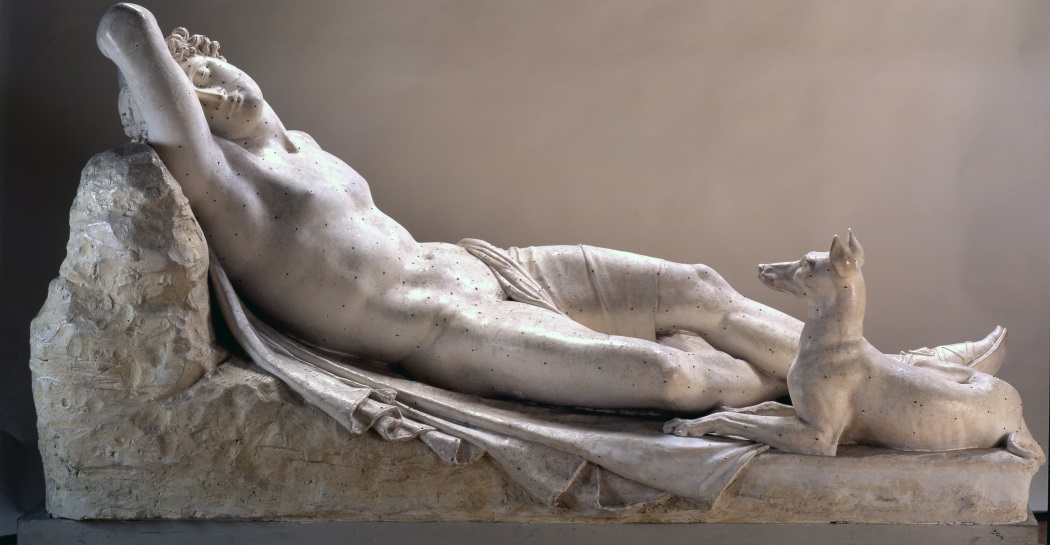
1005783
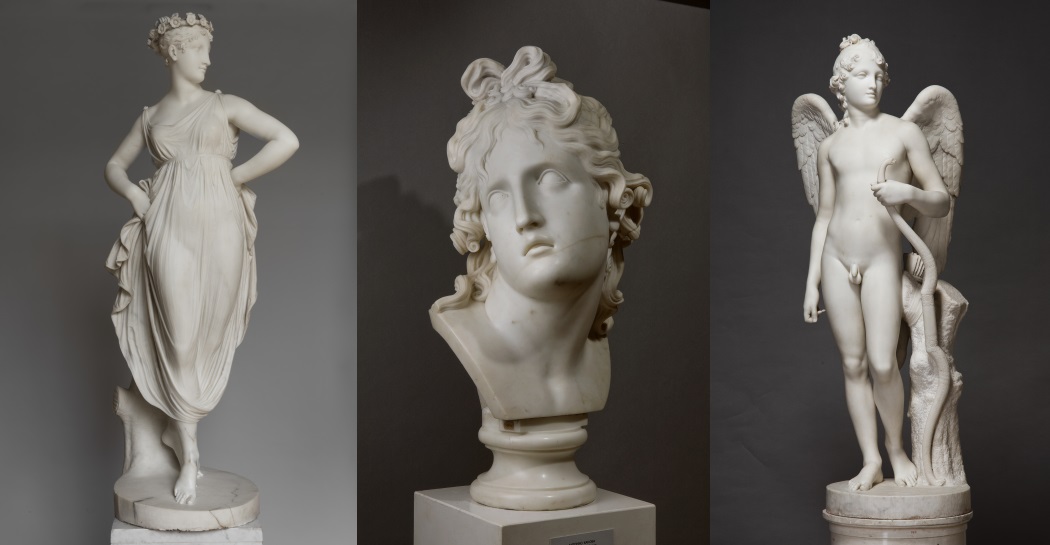
1005751

1005748
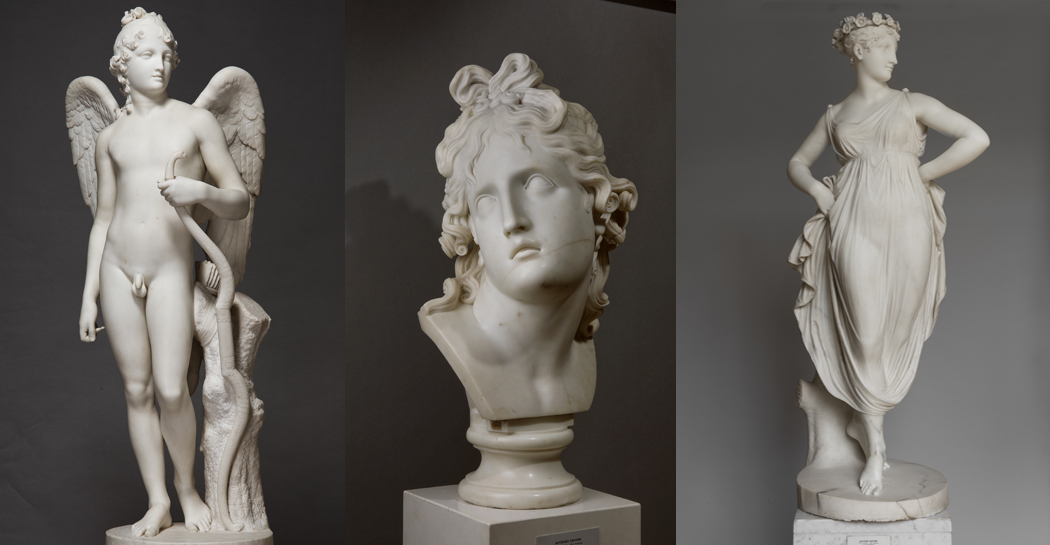
1005749

1005750
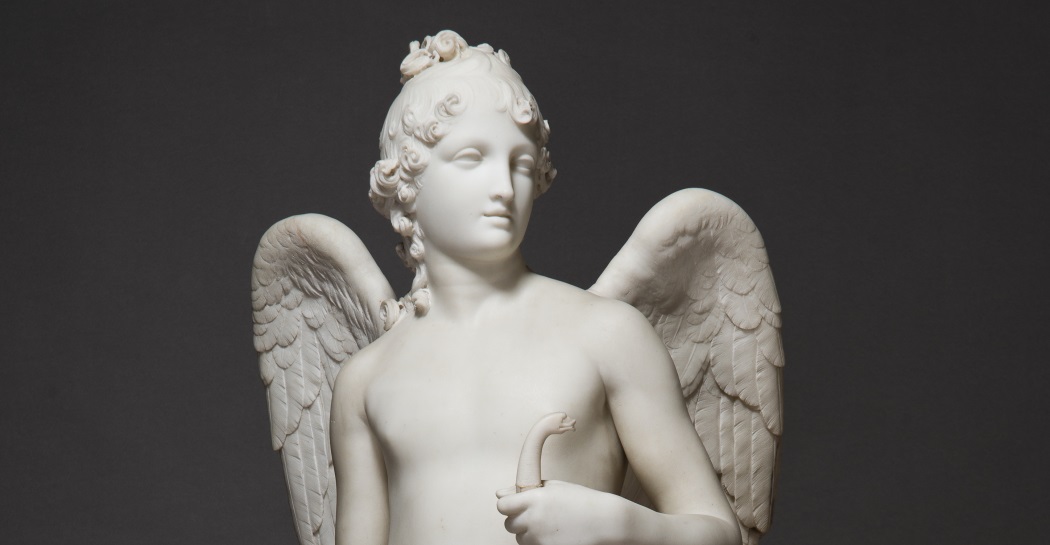
1005746

1005747
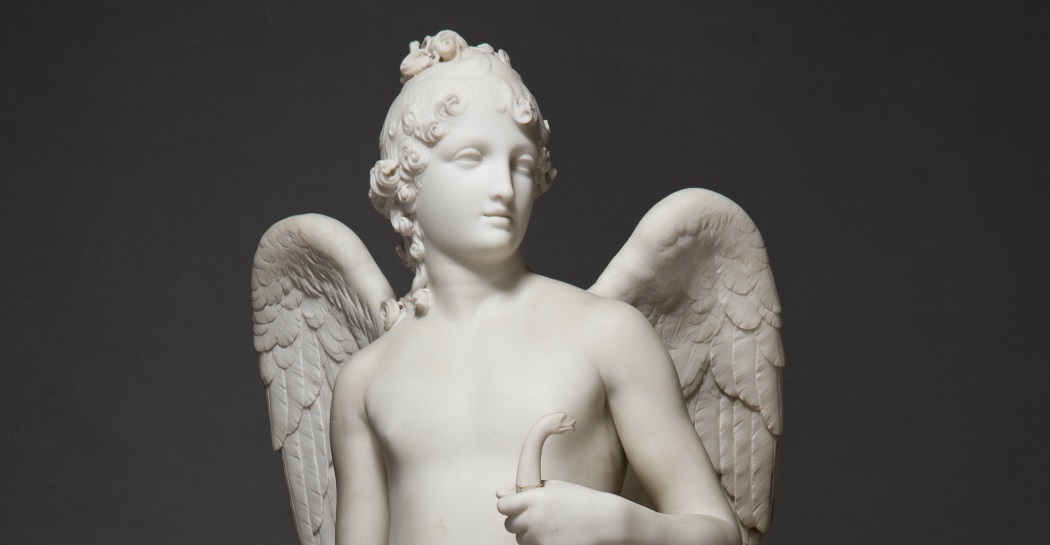
1005745
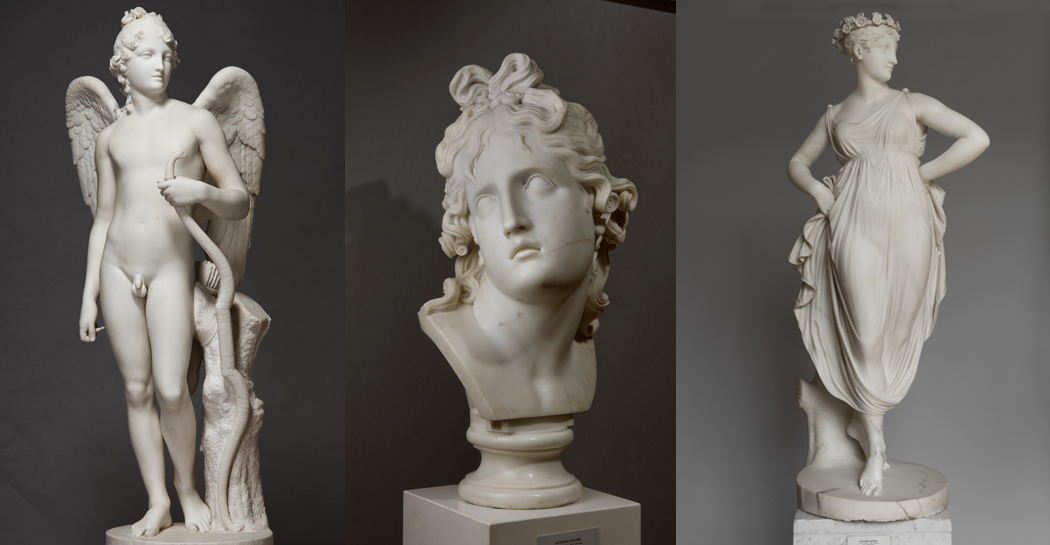
1005743

1005741
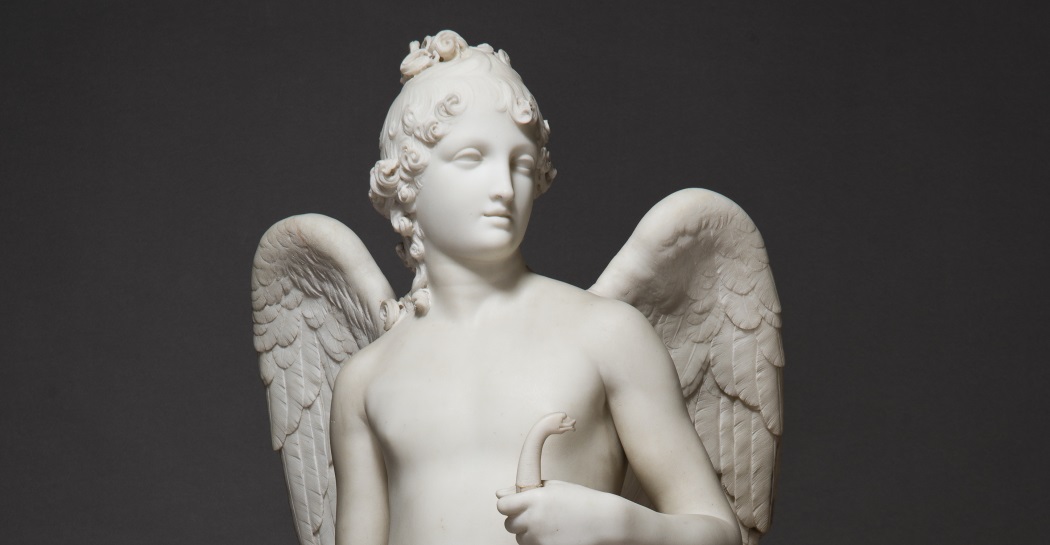
1005744
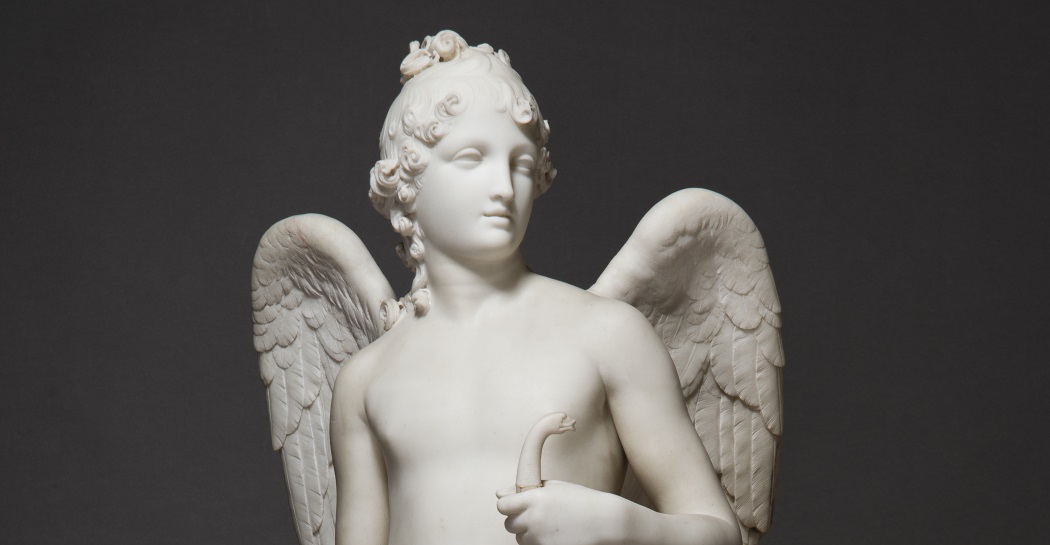
1005742
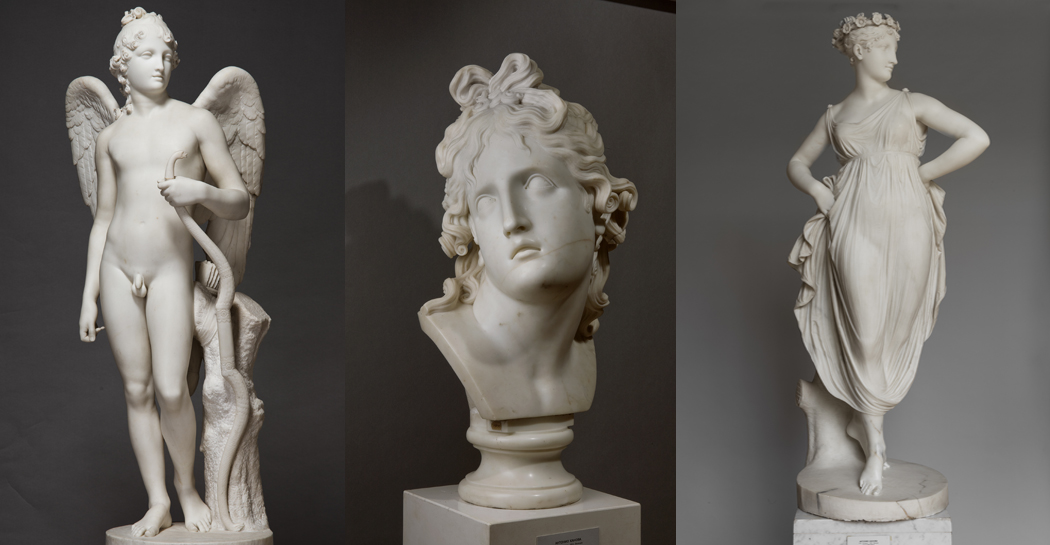
1005739
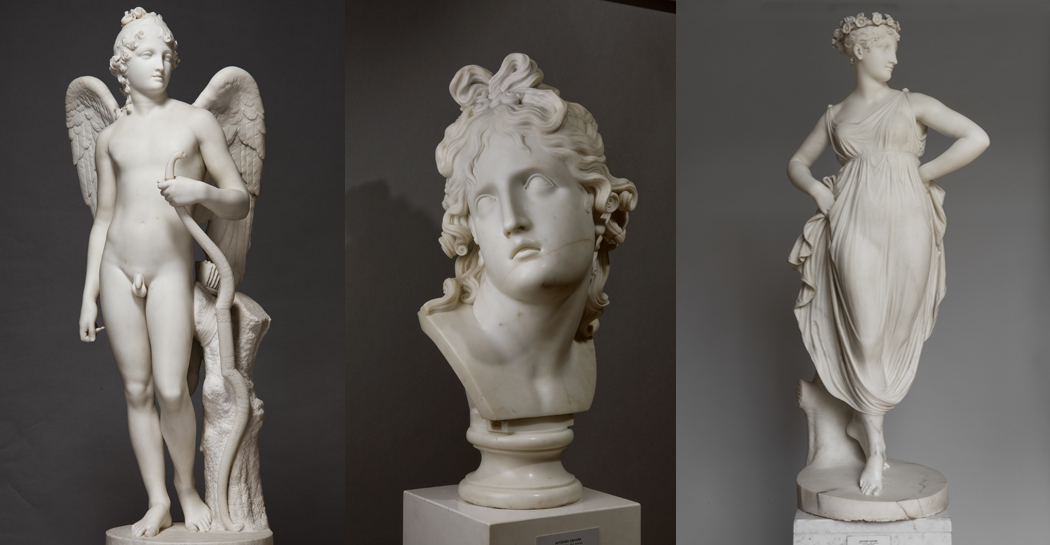
1005738

1005740

1005737

1005736

1005735
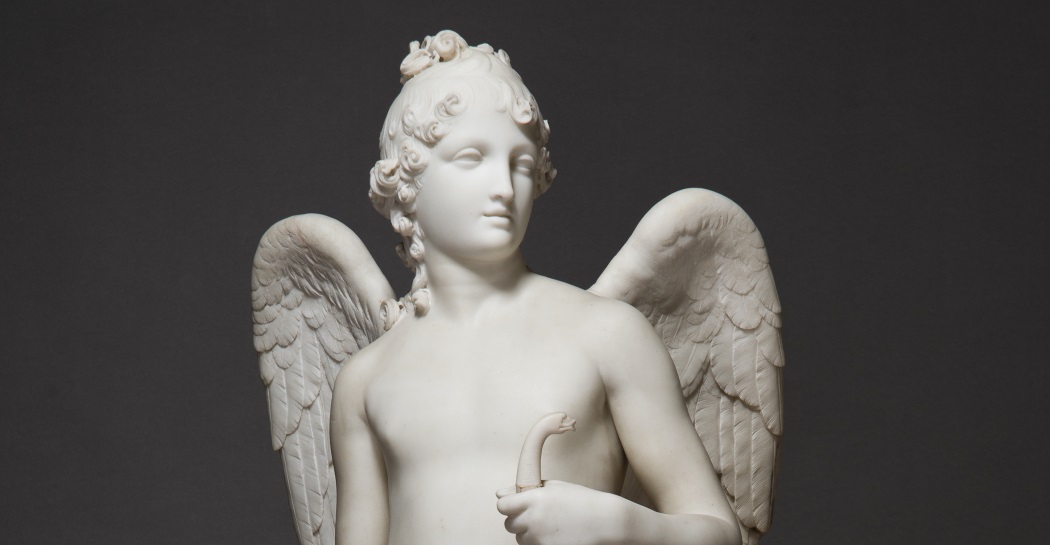
1005730

1005459
